Table of content
Zongzi, the iconic sticky rice dumplings wrapped in bamboo or reed leaves, are a beloved culinary symbol of China’s Dragon Boat Festival. While the festival’s origins are rooted in ancient traditions honoring the poet Qu Yuan, the culinary practices surrounding zongzi have evolved into a rich tapestry of regional preferences. In northern China, where culinary traditions often lean toward hearty, savory flavors, zongzi fillings present a fascinating contrast to their southern counterparts. This article delves into the world of northern Chinese zongzi, uncovering the sweet, aromatic, and occasionally unexpected fillings that define this regional specialty.
The Cultural Significance of Zongzi
Before exploring the fillings, it is essential to understand the cultural weight of zongzi. Wrapped in triangular or rectangular shapes, these dumplings symbolize unity, protection, and respect for tradition. The act of preparing zongzi—soaking glutinous rice, selecting fillings, and meticulously folding leaves—is a communal ritual passed through generations. For northern families, this process often takes place days before the Dragon Boat Festival, with elders teaching younger members the secrets of achieving the perfect balance of flavors and textures.
Northern vs. Southern Zongzi: A Tale of Two Flavors
China’s vast geography has shaped distinct culinary identities, and zongzi are no exception. Southern zongzi, particularly in regions like Guangdong and Zhejiang, are renowned for their savory profiles. Fillings such as salted egg yolks, marinated pork belly, and mushrooms dominate, reflecting the region’s preference for umami-rich dishes. In contrast, northern zongzi lean sweet, with fillings that highlight natural sugars and aromatic spices. This divergence is not merely culinary but cultural, rooted in historical agricultural practices and access to ingredients.
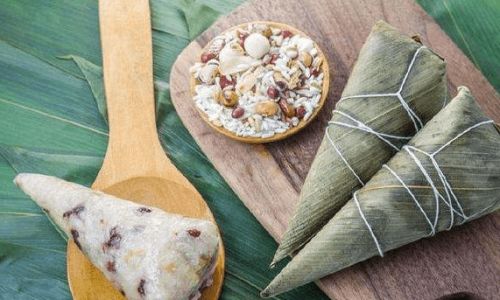
Sweet Fillings: The Heart of Northern Zongzi
Northern China’s climate, with its colder winters and shorter growing seasons, has historically favored preserved and dried ingredients. This environmental reality is reflected in the fillings chosen for zongzi, which often rely on sweet, durable components.
Red Bean Paste (Hong Dou Sha)
The most ubiquitous filling in northern zongzi, red bean paste, is a testament to simplicity and comfort. Made from adzuki beans slow-cooked with sugar until they form a thick, velvety paste, this filling offers a mild sweetness that complements the chewiness of glutinous rice. Some recipes incorporate osmanthus flowers or rose petals for a floral note, elevating the dumpling’s aroma. Red bean zongzi are particularly popular in Beijing and Tianjin, where they are often enjoyed with a cup of jasmine tea.
Jujube (Zao) and Dried Fruits
Jujubes, or Chinese dates, are another staple in northern zongzi. Naturally sweet and slightly tangy, these dried fruits are either stuffed whole into the rice or chopped into smaller pieces. Their chewy texture contrasts beautifully with the soft rice, while their deep, caramel-like flavor adds complexity. In Shanxi Province, it is common to find zongzi filled with a mixture of jujubes, walnuts, and dried longan, creating a medley of sweetness and crunch.
Mung Bean Paste (Lü Dou Sha)
Though less common than red bean paste, mung bean paste offers a lighter, grassier sweetness. The beans are hulled, cooked, and mashed into a smooth paste, sometimes sweetened with rock sugar. This filling is favored in Hebei and Liaoning, where it is believed to have cooling properties—a welcome relief during summer’s heat.
Sweetened Rose Petals and Osmanthus
In regions like Shandong, zongzi makers incorporate edible flower petals into their fillings. Sweetened rose petals, steeped in sugar syrup, impart a delicate floral essence, while osmanthus blossoms contribute a honeyed, apricot-like aroma. These aromatic fillings are often reserved for special occasions, symbolizing elegance and refinement.
Date and Walnut
A heartier variation, date and walnut zongzi, combines chopped dates with crushed walnuts. The dates provide a fudgy sweetness, while the walnuts add a nutty richness. This filling is particularly popular in Inner Mongolia, where it reflects the region’s nomadic culinary heritage.
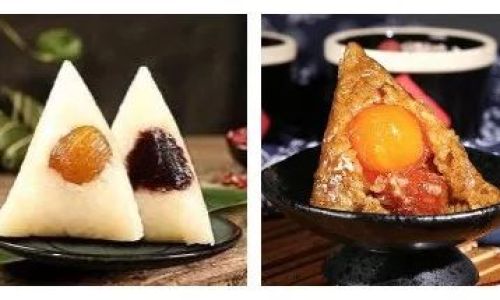
The Role of Glutinous Rice and Leaves
While fillings define northern zongzi’s flavor, the base ingredients—glutinous rice and leaves—are equally critical. Northern chefs typically use short-grain glutinous rice, which becomes sticky yet retains a pleasant chewiness after steaming. Bamboo leaves are the traditional wrapping, imparting a subtle grassy fragrance. However, in some areas, reed leaves or even corn husks are used, each lending a unique aroma to the final dish.
Modern Twists on Traditional Fillings
In recent years, northern zongzi have embraced innovation, blending tradition with contemporary tastes.
Nutella and Red Bean Swirl
A fusion favorite, this variation swirls Nutella into red bean paste, creating a marbled effect. The combination of chocolatey richness and traditional sweetness appeals to younger generations.
Purple Sweet Potato
Mashed purple sweet potato, sweetened with honey, adds vibrant color and earthy sweetness. This filling is gaining traction in urban centers like Beijing, where health-conscious consumers seek natural sweeteners.
Black Sesame and Honey
Ground black sesame seeds mixed with honey create a filling reminiscent of mooncakes. The nutty, toasty flavor pairs exceptionally well with glutinous rice.
Regional Variations Across the North
China’s northern expanses—spanning provinces like Heilongjiang, Jilin, and Shaanxi—each boast unique zongzi traditions.
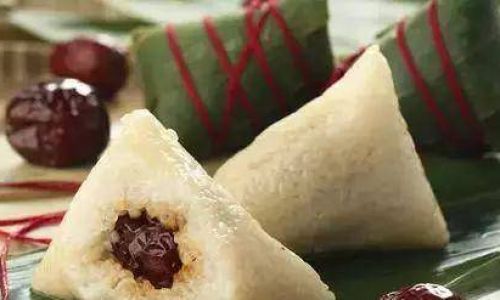
- Harbin, Heilongjiang: Zongzi here often include sunflower seeds or pumpkin seeds for added crunch.
- Xi’an, Shaanxi: A regional specialty involves layering sweetened red bean paste with glutinous rice, creating a tiered effect.
- Shenyang, Liaoning: Some chefs experiment with fermented black bean paste, introducing a savory-sweet complexity.
The Art of Pairing Zongzi
Northerners often pair zongzi with beverages that enhance their sweetness. Traditional options include chrysanthemum tea, which cuts through the richness, or fermented rice wine, which complements the dumplings’ aromatic notes. In modern times, cold brews like green tea lattes or even artisanal sodas have become fashionable accompaniments.
Preserving Tradition in a Changing World
As globalization and urbanization reshape Chinese cuisine, northern zongzi makers face the challenge of preserving authenticity while catering to evolving palates. Some artisans insist on hand-picking bamboo leaves from specific mountains, believing terrain impacts flavor. Others source heirloom rice varieties to maintain texture. Meanwhile, younger entrepreneurs are experimenting with vegan fillings or low-sugar options, seeking to make zongzi relevant to health-conscious consumers.
Conclusion: A Bite of Heritage
Northern Chinese zongzi are more than just snacks; they are culinary archives encoding centuries of tradition. From the humble red bean paste to avant-garde chocolate-infused fillings, these dumplings reflect the north’s resilience, creativity, and deep reverence for heritage. As China’s food culture continues to evolve, northern zongzi stand as a sweet reminder that even in the face of change, some flavors remain timeless.
In the end, whether wrapped in bamboo leaves or innovation, the essence of zongzi persists—a testament to the enduring power of tradition. For northerners, each bite is a connection to ancestors, a celebration of seasonal bounty, and a declaration of cultural identity. And as the Dragon Boat Festival approaches each year, the aroma of sweet rice and aromatic fillings will continue to waft through kitchens, binding past and present in a single, sticky embrace.
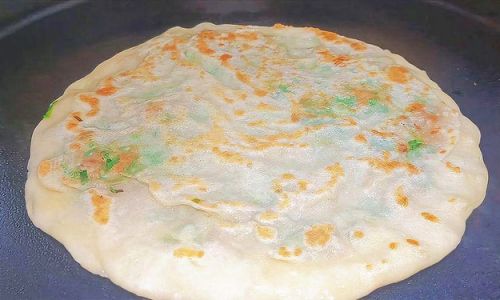
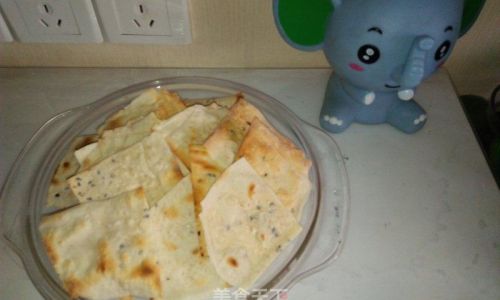
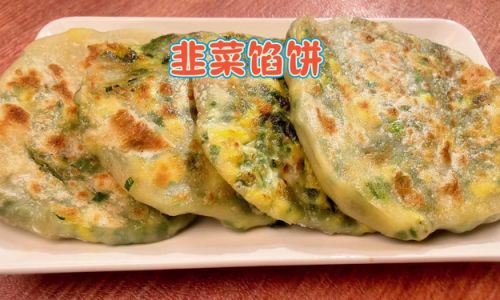



0 comments